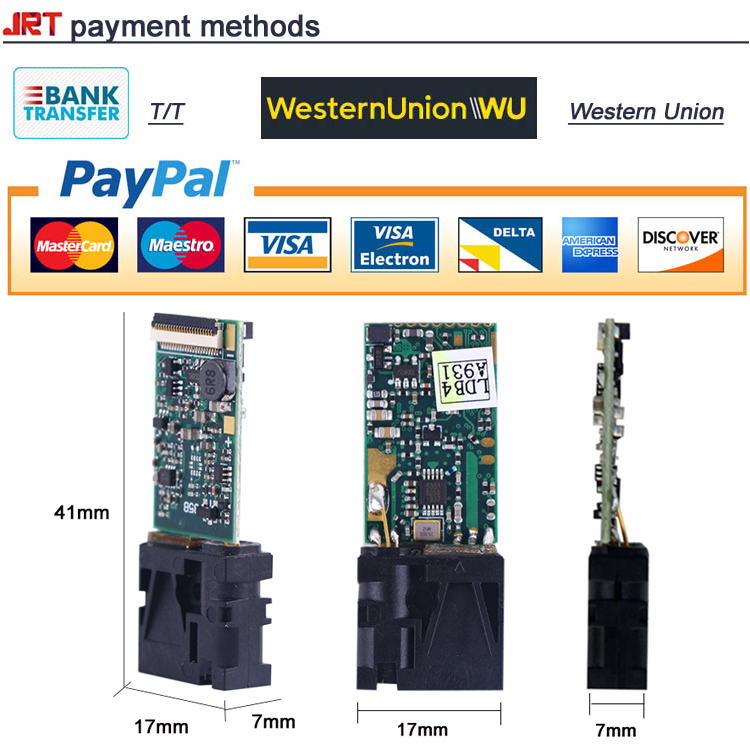The development of medical electronic sensors should meet the needs of the global medical market
In the medical device market, product features such as miniaturization, low power consumption and high liquid media compatibility have become global trends. However, in various countries and regions, material specification standards, product requirements and cost issues are not the same. This requires sensor manufacturers to offer a flexible, scalable product line to meet the needs of customers around the world. In addition, sensor manufacturers must ensure product quality and supply quality. To meet the needs of global medical device manufacturers, sensor manufacturers must consider four key issues: miniaturization, material specification standards, supplier quality assurance, service and support.
Miniaturization affects product size, portability and weight
Designers are facing a series of challenges in order to develop smaller, lighter, and more portable medical devices that save space in the ward and facilitate medical staff. For example, traditional infusion pumps and insulin pumps are large in size, and after design optimization, the emergence of portable and portable devices has greatly benefited patients and healthcare professionals. For example, smaller sensors can be easily integrated into space-constrained infusion pumps. Due to its small size and low power consumption, the portability of the infusion pump is further enhanced, which helps to improve the patient's convenience. In addition, more and more patients choose to “treat at home†rather than “hospitalization†– a trend that is particularly prevalent in the US and EU countries. The transformation of the treatment model has also driven the trend toward miniaturization of medical devices, including respiratory and diagnostic devices.
In some cases, miniaturization design will consider incorporating some diagnostic functions into networked medical devices to remotely monitor patient care and care. Therefore, it is necessary to use a sensor product that integrates multiple detection functions (such as humidity and temperature detection) in a single package. This will create possibilities for medical device manufacturers to reduce device size or increase device functionality. Respiratory devices for respiratory therapy, including ventilators and sleep ventilators, benefit from this design.
Another way sensor manufacturers meet these requirements is to further develop the sensor product line, which offers a wide range of mechanical interfaces, mounting styles, packages and I/O options. In this way, medical device designers can choose the right interface to reduce footprint, reduce costs and eliminate additional components. For example, pressure sensors should offer a variety of mounting options for installation in space-constrained applications, allowing designers to place sensors in the correct position for accurate inspection. For applications that require precise measurements, sensor installation is critical. For example, in dialysis treatment, the accurate measurement of the pressure of the dialysate and vein using the sensor is directly related to the patient's life safety.
For portable applications, sensors need to meet both low voltage and low power requirements to extend battery life. The sensor should also provide both start-up and sleep modes, and the device consumes power only in the startup mode. The sensor's sleep mode extends battery life, reduces power supply size, and reduces the weight of medical equipment.
Material/specification standards affect global producers
For example, in the EU countries, as long as there is little evidence that a material is harmful or dangerous, government regulators may include the material in the ban. Due to the sound medical system and sufficient funds in the EU countries, the market for medical devices is huge. Therefore, before the global medical device manufacturers enter the EU market, they must ensure that their products meet EU standards. Two regulations affecting the global electronics industry are the Directive on Restriction of the Use of Certain Hazardous Substances in Electrical and Electronic Equipment (RoHS) and the Registration, Evaluation, Authorization and Restriction of Chemicals Act (REACH). The former aims to limit the six chemicals used in the electronics manufacturing industry in the past, while the latter provides the electronics industry with a framework for controlling the use of hazardous substances within the EU. RoHS and REACH affect the use of materials in end products and production processes. In order to sell products to EU countries, global manufacturers and distributors must comply with these regulations.
To ensure accurate measurement, the sensor must be as close as possible to the fluid (blood, infectious substances, salt solution, etc.) and in frequent contact with the patient's gas or liquid passages. Therefore, sensor manufacturers must ensure that selected materials, supply chains, and manufacturing processes comply with EU material specification standards.
In addition, EU regulations promote the use of RoHS-compliant liquid-media compatible sensors for a wide range of medical devices, from chemical analyzers to ventilators. To help medical device manufacturers solve the “difficult problem†of cost, sensor manufacturers must further develop product lines to provide a wide range of output types, pressure types, pressure ranges, mounting options and package types to meet the needs of EU countries. .
Fast Shipping Laser Distance Sensor
Hi there,
We create a new payment method online for you, so that all of our customers, and you can get the samples quickly. With the competitive prices online, it is easy to operate and finish your sample orders of JRT Laser Distance Sensor. It's really amazing, right? Let's go!
Greetings

Fast Shipping Laser Distance Sensor,Serial Laser Distance Sensors,USB Laser Distance Sensors,RS232 Laser Distance Sensors
Chengdu JRT Meter Technology Co., Ltd , https://www.irdistancesensor.com